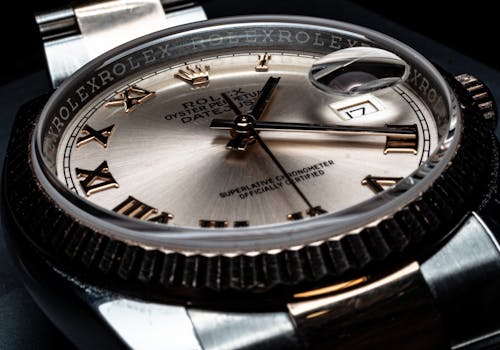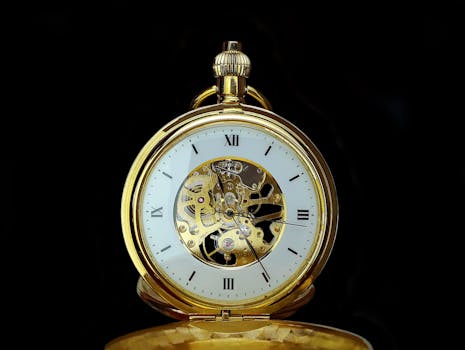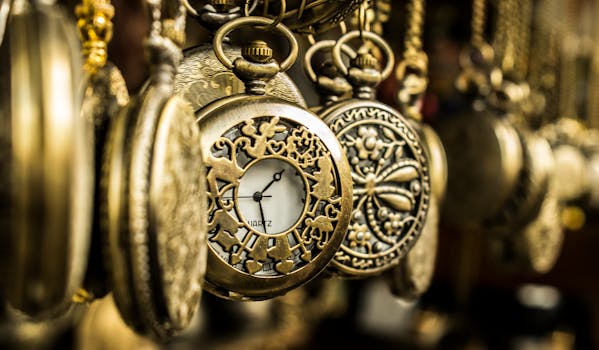
Understanding Watch Complications: A Comprehensive Guide to Functions and Features
Takeaways: Watch complications are features beyond basic timekeeping, enhancing functionality and aesthetics. From chronographs to perpetual calendars, these complexities reflect a watchmaker’s craftsmanship and innovation. Understanding these elements can significantly elevate your appreciation of horology.
In the world of horology, the term watch complications refers to any feature in a watch that performs a function beyond the simple display of time. While a standard watch tells time, a complicated watch showcases the artistry and innovation of watchmaking through various additional features. In this article, we will delve into the different types of watch complications, their functions, and how they enhance the overall value and experience of a timepiece.
What are Watch Complications?

The Importance of Complications in Watchmaking
Complications are crucial in the world of haute horlogerie. They not only increase the functionality of a watch but also its desirability among collectors and enthusiasts. A watch with multiple complications often signifies exceptional craftsmanship and can command higher prices in the market. The complexity involved in creating these features demonstrates the mechanical genius behind the timepiece, making them a point of pride for both the manufacturer and the owner.
Types of Watch Complications

1. Chronograph
The chronograph is one of the most popular complications in watches. It combines a stopwatch function with the ability to tell time. Users can start, stop, and reset the chronograph feature independently of the main timekeeping function, making it ideal for timing events. Chronographs often have sub-dials that display elapsed minutes and hours, allowing for precise timing.
2. Calendar Complications
Calendar complications can range from simple date displays to more advanced perpetual calendars that account for leap years. A standard date complication shows the current date, while a day-date complication adds the day of the week. Perpetual calendars, on the other hand, require minimal adjustment and can accurately show the date for many years without needing to be reset.
3. Moon Phase
The moon phase complication displays the current phase of the moon in its lunar cycle. This feature is not only visually appealing but also holds significance for those interested in astronomy or astrology. The mechanism tracks the moon’s phases and typically requires adjustment every couple of years.
4. Tourbillon
The tourbillon is a highly sophisticated complication designed to improve the accuracy of mechanical watches. It compensates for gravitational errors by rotating the escapement and balance wheel in a cage, ensuring that the watch maintains accurate time regardless of its position. Tourbillons are often considered the pinnacle of watchmaking craftsmanship.
5. Minute Repeater
Minute repeaters are among the most complex and sought-after complications in luxury watches. This feature allows the wearer to hear the time through a series of chimes. By activating a mechanism, the watch will chime the hours, quarters, and minutes, providing a unique auditory experience. Creating a minute repeater requires exceptional skill and precision, making it a hallmark of fine watchmaking.
6. Alarm
Alarm complications allow the wearer to set an alarm in addition to standard timekeeping. While not as common in high-end watches, they are valuable in daily wear timepieces. The alarm can be set to sound at a specified time, making it a practical feature for reminders.
The Value of Complications in Watch Collecting

Understanding watch complications not only enriches your appreciation of timepieces but also aids in making informed buying decisions. Whether you’re a seasoned collector or a novice, knowing the functions and significance of these features can enhance your journey in the world of horology.






